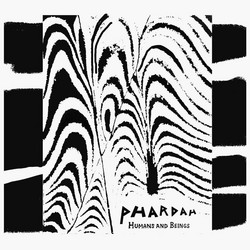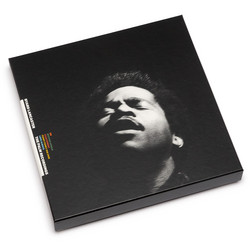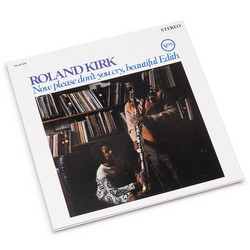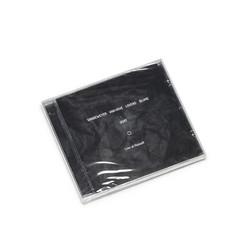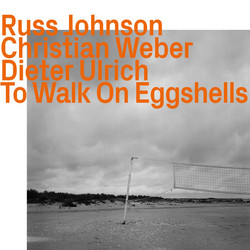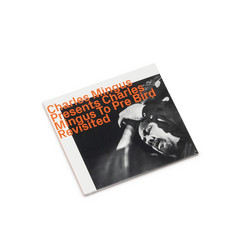Temporary Super Offer! It is surely significant that both Lovens and Stoffner use all four limbs to control their instrument. Lower limbs used principally to play bass drum and hi-hat in the case of Lovens, volume control and effects pedal for Stoffner. Right and left limbs, right and left brain hemispheres It is not surprising that there is plenty going on in their music. “Whatever happened to the Art of the Individual?!” Han Bennink once asked rhetorically to a crowded backstage. Well here it is, alive and well and on stage for 35 minutes in Ljubljana. Time travel for those who were not there but are there now.
It should be clear that in improvised music anything can happen. However, narrative coherence is only attained when events find their place in the time-line. A mystic might say the sounds are only there to map the silences between them, to generate an inaudible counterpart which is then the real music. I will take this opportunity to reclaim a story, which is now going the rounds unattributed, concerning the late Numa(r) Lubin (aka Libin, Labinsky) who was the spiritual father of Nimbus Records – (an aside – a quote that Paul Lovens always enjoyed was something I overheard Numa say to his partner Gerald Reynolds, “We never liked stereo did we Gerald?”. Nimbus developed a surround sound system called Ambisonics but let that pass you by…) I was interested to hear Numa speak of a time, probably in the 1940’s, when he lived in the same apartment building in Paris as Sydney Bechet. Recalling Numa’s words, “Sydney used to practise his scales and arpeggios every day for an hour or so, but then for ten more minutes he would make strange animal sounds, bird songs and growlings. I wanted to know why he did it. His answer was,’Well Numa, I have long thought that what we call music is not the real music’. ”. Here, in the obscurely named “Tetratne”, we have a music that is real in both these ways.
Of course in order to make time fly, in other words “to raise the bandstand” as Monk put it to Lacy, there has to be a shared understanding. Is it going too far to add Monk’s other rule, “Make the drummer sound good.”? Whether this essentially telepathic communication needs to be called a “language” or not raises interesting questions about the relationship between thought and language. To make the analogy with conversation is very tempting, especially for duo music. But this is a weak analogy; perhaps the shred of truth that it conveys is at the level of shared understanding. The miraculous nature of the “conversations” here is that they are perceived as a single simultaneous two-minded statement. As the cliché has it, “to be on the same wavelength”. Given the presupposition that telepathy is involved, however deeply in the subconscious, and that these brain states are also electrical, then wavelengths are indeed involved but perhaps they are entrained in some way, like the multiplex signals that allow signals to pass in both directions down the same cable.
Consider the number of cables that this music, transformed to voltage, to digits and back to the sound you hear; and yet what you hear is clearly Paul Lovens and a drum kit (the nature of which I may come back to), and Florian Stoffner playing amplified guitar with some effects pedals (the nature of which I may come back to). I say “clearly” but of course this assumes you know something of their previous work, both together as a duo and in other contexts. In fact the more their combined and separate histories are known, the clearer their identities will be. In the well worn cliché they each have their “sound” - and unmistakeable at that. It might be that the “art of the individual” in this case consists of remaining perfectly identifiable and yet playing duo music. The fact of being identifiable is the easier of the two factors in this equation.
Now this thought/language business in the specific realm of freely improvised music requires a weasel’s resort to the old but evergreen, “Well, it all depends what you mean by “thought”... “language”...“free”...“improvised”...“music”… In his book, “Taking Appearances Seriously: the dynamic way of seeing in Goethe and European thought.”, the late Henri Bortoft quotes the response from Bryan Magee to the rather unambitious insight of philosopher A.J.Ayer, “The world is the world as we describe it.”. Magee’s response “If it were so we could describe the taste of boiled potatoes in such a way that anyone who had not tasted them would know the taste from the description.” Without underestimating the powerful flavour of Leopold Bloom’s kidneys... I think we have clarified the limits of my role here! He who tastes knows. Thought works faster, much faster than its verbal expression. Intutition (thanks Lenny) is anticipatory “thought”, impossible to slow down to the speed of verbally articulated thought. Neither player here is concerned with the tongue in the way that a saxophonist is, but it does not stop either of them at times “speaking in tongues” in the sound world beyond the speed of clear articulation, a suggestion of the impossibility of marking the smallest conceivable increments of the time-line. Impressionism is not just for painters.
I said I might come back to the subject of the drum set and guitar. It is surely significant that both Lovens and Stoffner use all four limbs to control their instruments. Lower limbs used principally to play bass drum and hi-hat in the case of Lovens, volume control and effects pedal for Stoffner. Right and left limbs, right and left brain hemispheres. It is not surprising that there is plenty going on in their music. “Whatever happened to the Art of the Individual?!” Han Bennink once asked rhetorically to a crowded backstage. Well here it is, alive and well and on stage for 35 minutes in Ljubljana. Time travel for those who were not there but are there now. – Evan Parker



